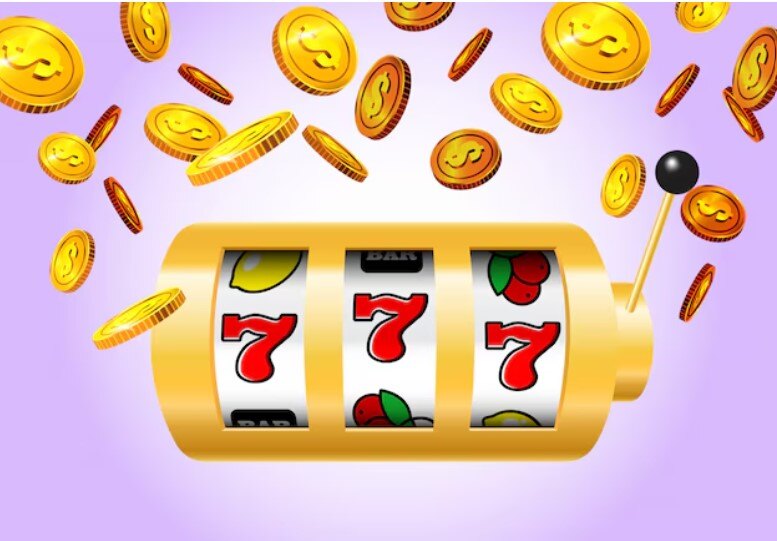
Slot machines have come a long way since their invention in the late 19th century. What began as a simple mechanical device with a few spinning reels and a lever has transformed into a digital, feature-packed entertainment experience that chelseatoto captivates millions of players worldwide. From the iconic one-armed bandits of the past to today’s high-tech Megaways slots, the evolution of slot games is a fascinating journey. This article explores the key stages of development, showcasing how technology and creativity have revolutionized the way we spin.
The Birth of Mechanical Slots
The first recognizable slot machine, known as the Liberty Bell, was created by Charles Fey in 1895. It featured three mechanical reels with symbols like horseshoes, bells, and playing cards. Players pulled a lever to set the reels in motion, hoping for a matching line of symbols. These machines quickly gained popularity in bars and saloons, offering small rewards like cigars or drinks. The simplicity and mechanical charm of these early slots laid the foundation for what would become one of the most successful gambling formats in history.
The Electronic Slot Machine Era
In the 1960s, the gambling industry witnessed a major innovation with the introduction of electromechanical slot machines. These machines replaced the purely mechanical systems with electrical components, allowing for more complex game features such as flashing lights, sound effects, and larger payouts. The “Money Honey” machine by Bally was the first fully electromechanical slot, and it marked the beginning of a more immersive slot-playing experience. By the 1980s, slot machines had evolved into fully electronic devices with video screens replacing physical reels.
Online Slots and the Digital Boom
The late 1990s ushered in a digital revolution with the rise of the internet and online casinos. Software providers like Microgaming and NetEnt began developing digital versions of popular slot games. These online slots retained the core mechanics of land-based machines but added vibrant graphics, bonus rounds, and themed gameplay. Players could now enjoy slots from the comfort of their homes, with thousands of titles just a click away. The convenience and variety offered by online platforms helped propel slots into mainstream popularity, especially among younger audiences.
The Rise of Mobile and App-Based Gaming
As smartphones and tablets became ubiquitous, slot developers shifted their focus to mobile optimization. By the 2010s, mobile slots were just as sophisticated as their desktop counterparts, offering seamless gameplay on smaller screens. Players could now spin anytime, anywhere, leading to a surge in gaming on the go. Developers also began releasing exclusive mobile titles and app-based casinos, increasing accessibility. The addition of touch-screen controls, portrait mode compatibility, and simplified interfaces made mobile slot gaming an even more engaging experience.
Megaways: A Revolutionary Game Mechanic
Introduced by Big Time Gaming in 2016, Megaways™ changed the slot landscape forever. Unlike traditional slots with a fixed number of paylines, Megaways uses a dynamic reel modifier system that offers up to 117,649 ways to win on every spin. This innovation introduced cascading reels, expanding symbols, and high volatility to create fast-paced, unpredictable gameplay. Megaways became so popular that dozens of software providers licensed the mechanic, applying it to classic themes, new franchises, and branded slots. In 2025, Megaways titles remain some of the most played and high-paying games online.
What the Future Holds for Slot Games
Looking ahead, slot games are expected to become even more interactive and immersive. With advancements in virtual reality (VR), augmented reality (AR), and AI-driven personalization, future slots may look more like video games than gambling devices. We’re already seeing story-driven gameplay, achievement-based progression systems, and multiplayer tournaments becoming part of the experience. Additionally, blockchain technology and cryptocurrency integration could reshape how players bet, win, and cash out. While the core appeal of spinning reels remains intact, the future promises a richer, more dynamic form of entertainment.
From simple mechanical reels to advanced Megaways and beyond, the journey of slot game evolution is a story of innovation, adaptation, and player-focused design. Whether you’re a fan of old-school classics or cutting-edge digital slots, one thing is clear: the slot world continues to spin forward—and the best may still be yet to come.
Ask ChatGPT